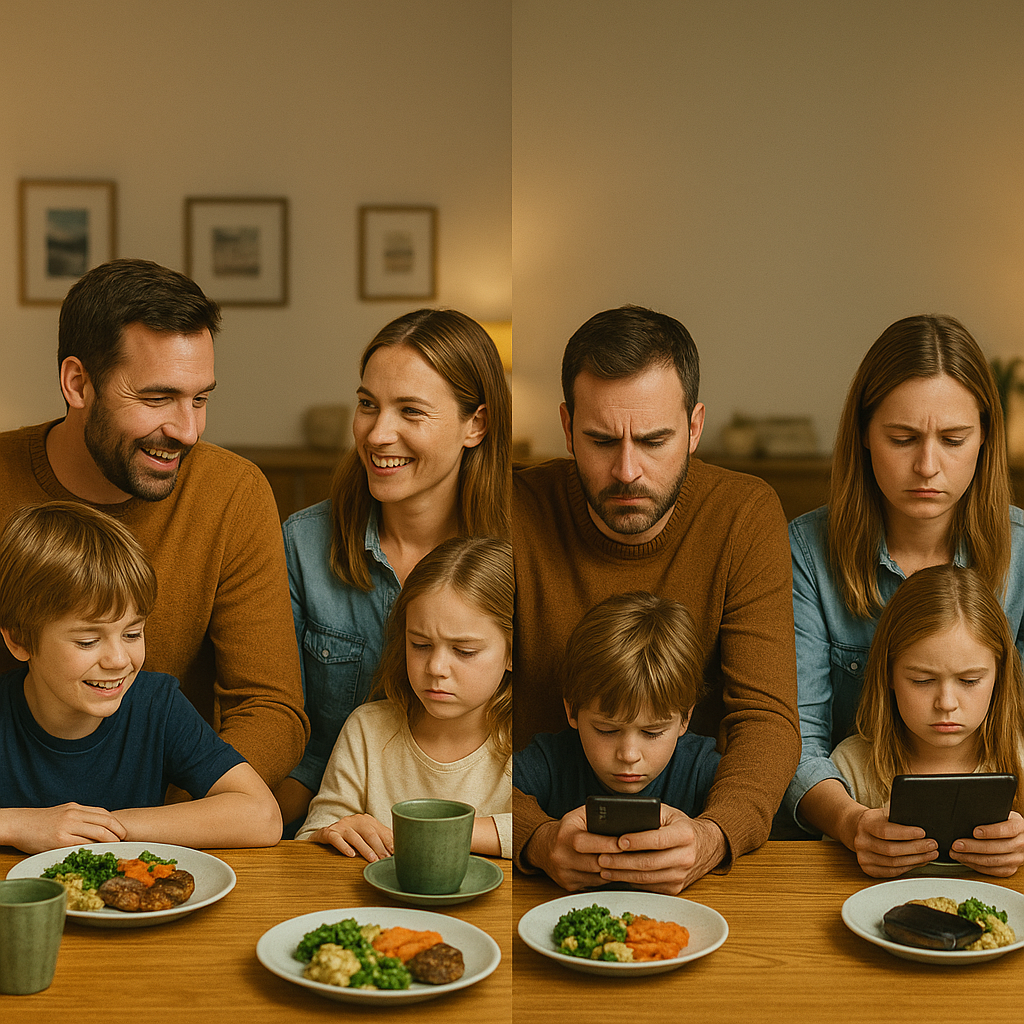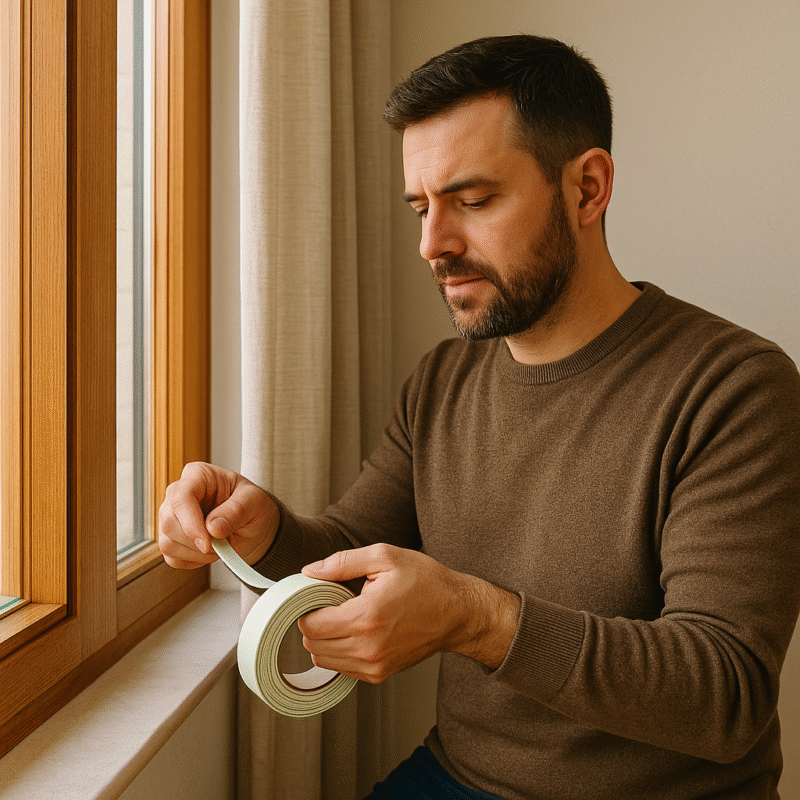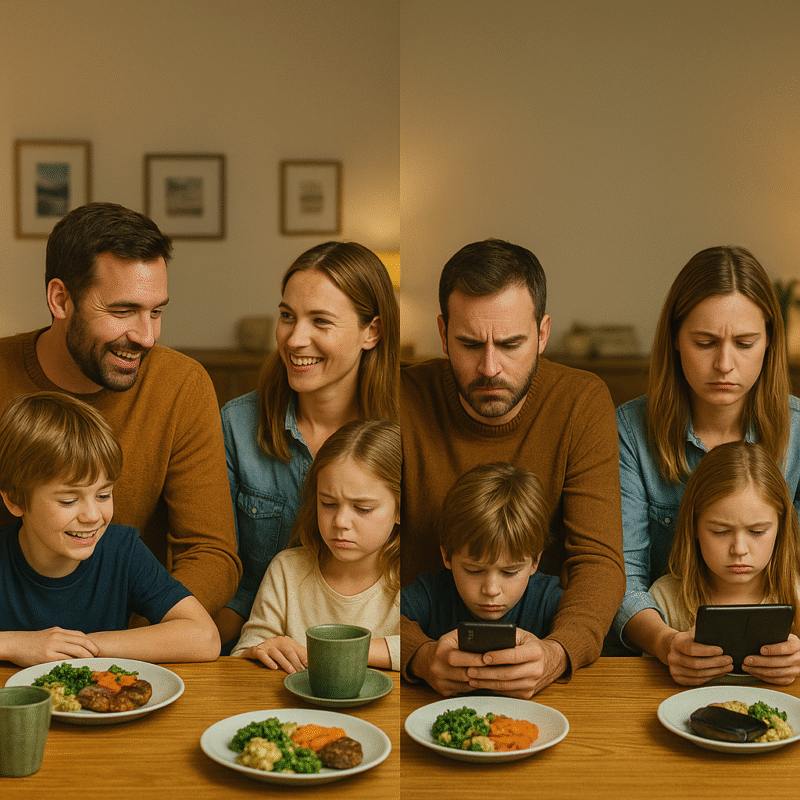It is one of the biggest parenting questions of our time… how much screen time is too much?
Whether it is tablets, phones, or TVs, screens are part of everyday life now. They help with learning, connecting, and calming restless kids after a long day. But they can also lead to endless arguments, battles over limits, and moments of guilt when we give in for a bit of peace.
The truth is, screens are not all bad or all good. The real challenge is knowing when to lean in, and when to pull the plug.
When to lean in
Not all screen time is created equal. There are times when screens can actually be a great tool for connection and learning.
-
Educational content: Shows, apps, and games designed to teach can boost creativity and problem-solving. A science video or maths app can make tricky topics fun.
-
Family connection: Video calls with grandparents or watching a film together can strengthen bonds. Shared screen time is often far more positive than solo scrolling.
-
Downtime and relaxation: A bit of TV after school is fine, kids need time to unwind just like adults do. Balance is key.
If screens are being used for learning, bonding, or calming rather than replacing real-life interaction, they can actually be a positive part of your child’s routine.
When to pull the plug
There are also times when it is best to step in.
If screens start causing frustration, poor sleep, or a loss of interest in other activities, it might be time for a reset.
Here are a few signs it is time to take a break:
-
Mood swings or meltdowns when screens are turned off.
-
Difficulty focusing on non-digital activities.
-
Skipping outdoor play, reading, or hobbies they used to love.
-
Sleep issues, especially if they are using screens right before bed.
When screen time starts to take more than it gives, that is your cue to unplug for a bit.
Setting gentle limits
Strict bans rarely work, they just lead to power struggles. Instead, try setting clear and realistic boundaries that fit your family’s rhythm.
A few simple ideas:
-
Create screen-free zones: Bedrooms and mealtimes are great places to start.
-
Agree on timing: Set a daily limit or a specific window, like after homework or before dinner.
-
Watch together: Join your kids now and then; you will learn what they love and can talk about it together.
Kids handle limits better when they know what to expect, and when the rules feel consistent rather than random.
Lead by example
Children copy what they see. If they notice us constantly checking our phones, it sends a mixed message.
Try setting your own limits, maybe put your phone aside during dinner, bedtime, or playtime.
You do not need to be perfect, just aware. Letting your kids see you take breaks from screens shows them how to do the same.
Replace, don’t remove
If you are cutting back on screen time, it helps to have something else ready.
Swap the tablet for a board game, a walk, or baking together. The goal is not to punish with boredom, but to reconnect through something fun.
You might even find your kids ask for screens less when their other needs; for attention, creativity, and connection, are being met in different ways.
Final thought
Screens are not the enemy, hey are a tool.
Used well, they can help your kids learn, connect, and relax. Used too often, they can take away time from the moments that really matter.
So this week, take a look at how your family uses screens.
If it feels balanced, great. If not, try a small tweak, one screen-free meal, one evening without scrolling, or one family film night where everyone joins in.
Because the goal is not perfection. It is presence. And sometimes, the best connection happens when the screens go off.








